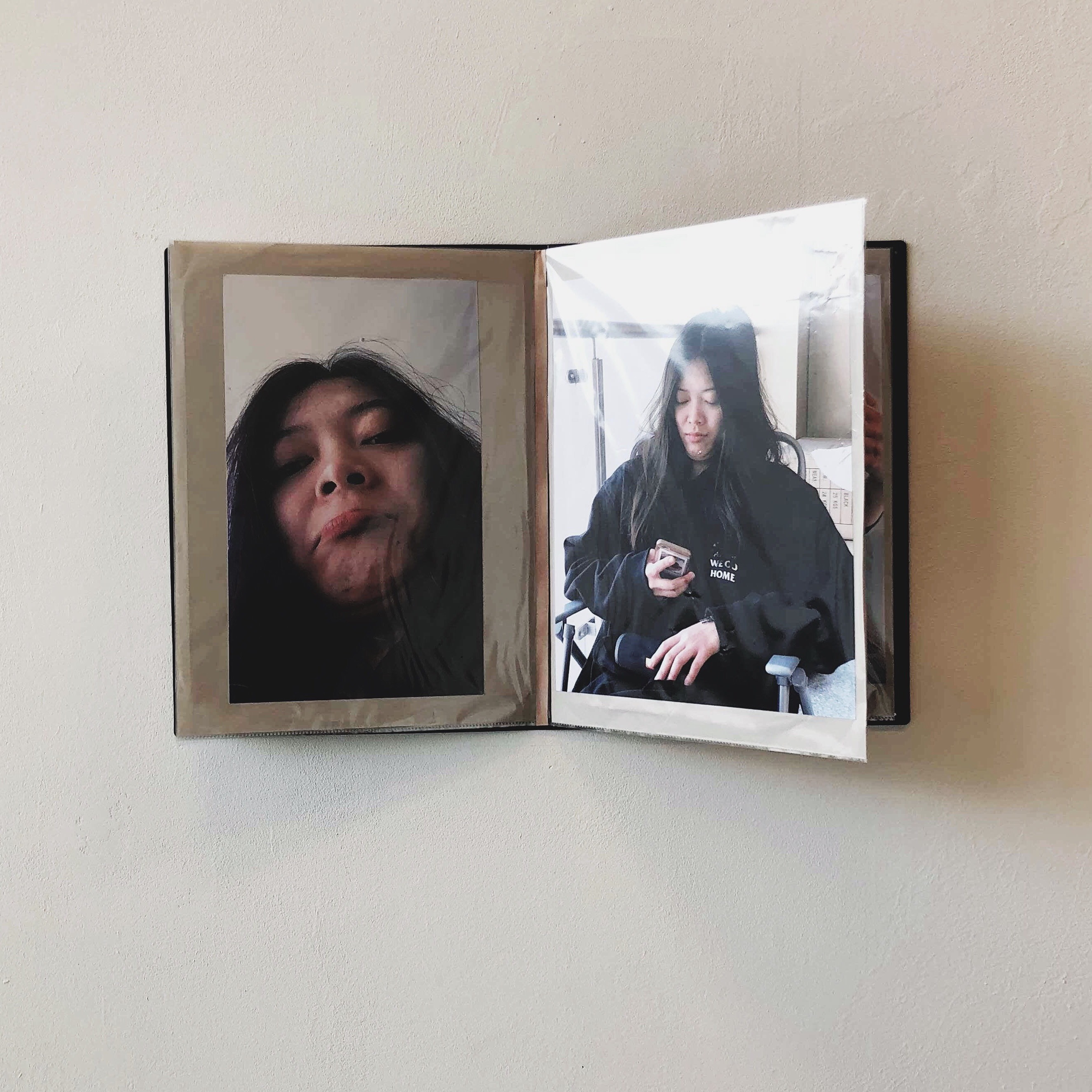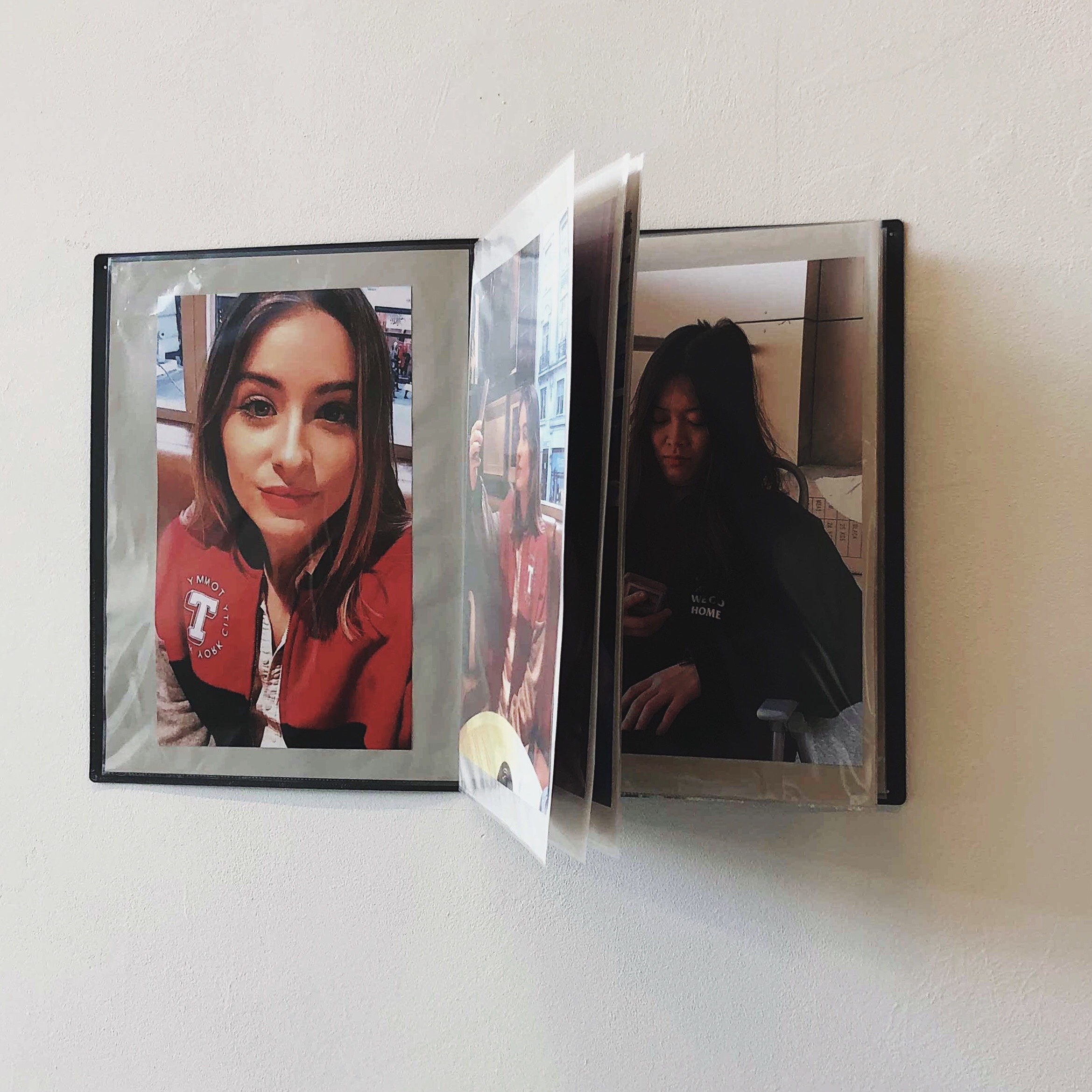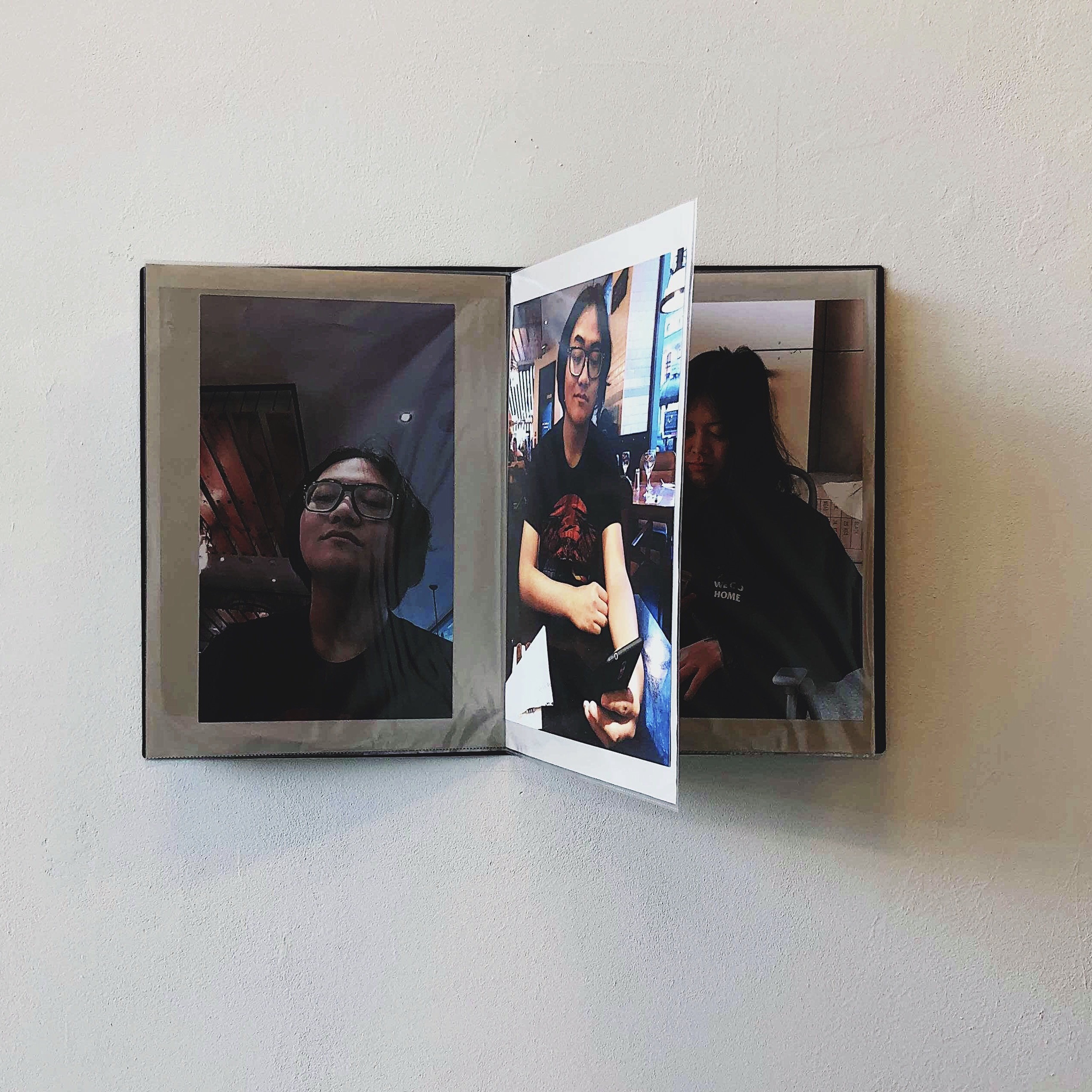#1
'Metamorphosis: A Journey of Transformation.'
Last week I visited the Saatchi Gallery in Chelsea. Frankly speaking, when I came there, I didn't even know which one exhibition was there at that time. I visited, in my opinion, the most beautiful exhibition I have ever seen. Can't even describe which one feelings I had during the time I spent there. It was something magical. You will find out it as well after seeing all the pictures. The exhibition 'Metamorphosis: A Journey of Transformation' was by Korean Artist Oh Myung Hee. The artist's central themes of change, renewal, nature and the search for one's true self which was displayed via both a unique installation and a traditional wall display. She wanted to show us the relationships between past and future. This polar relationship between the modern and traditional in Oh Myung Hee’s art is born out of her conflicting views of Korean society. On the one hand, she has a sincere and deep passion for its traditional, but restrictive, values; on the other, and particularly as a woman, she has an equally strong desire to challenge the status quo. Recurring themes in her art are flying scarves, falling petals, birds – all metaphors for spiritual and physical freedom.
When I was in that room around her amazing works I was feeling the only one thing – the freedom. I guess, the Oh Myung Hee wanted us to feel exactly it. In my opinion, it was her main idea.

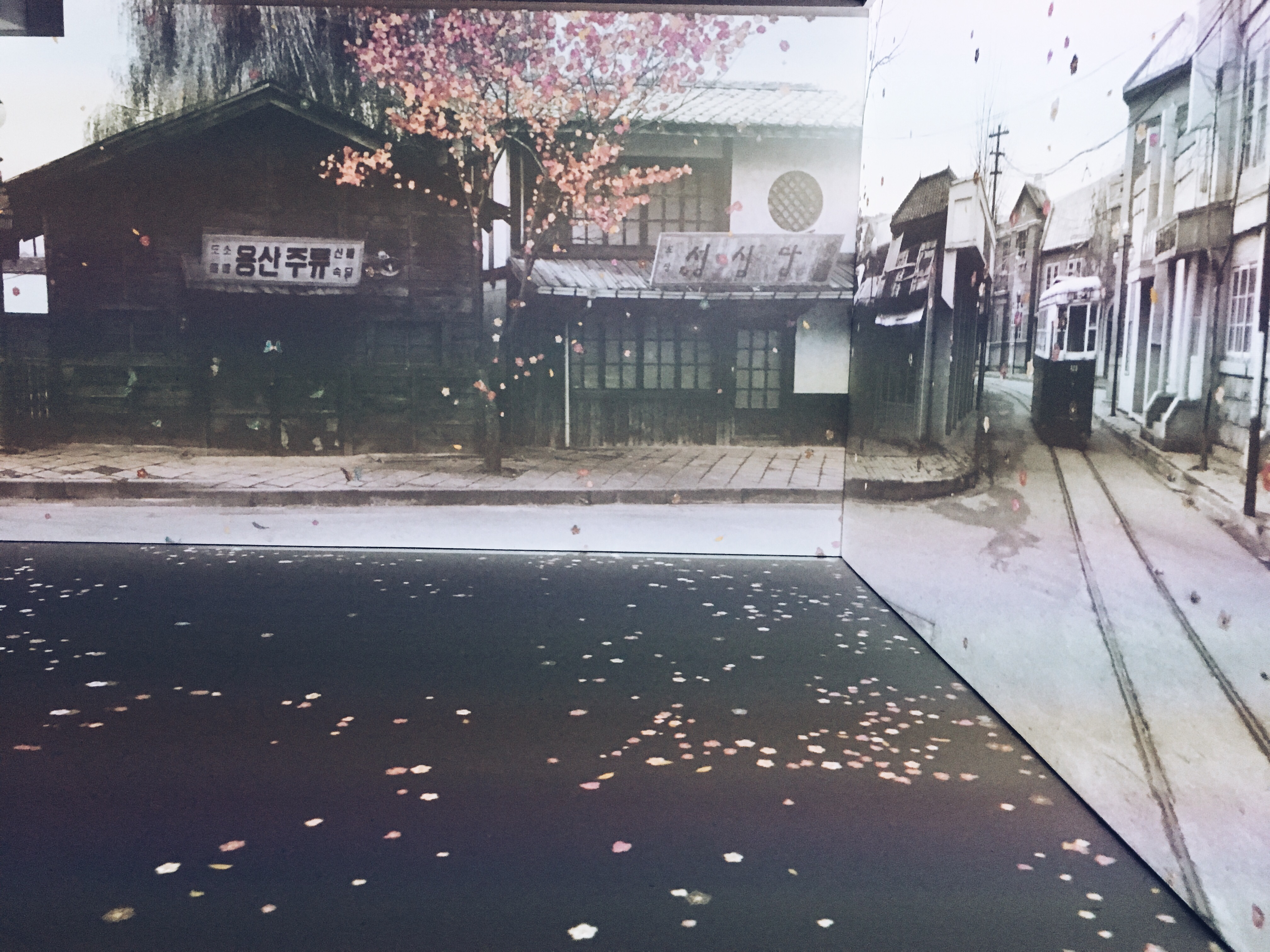

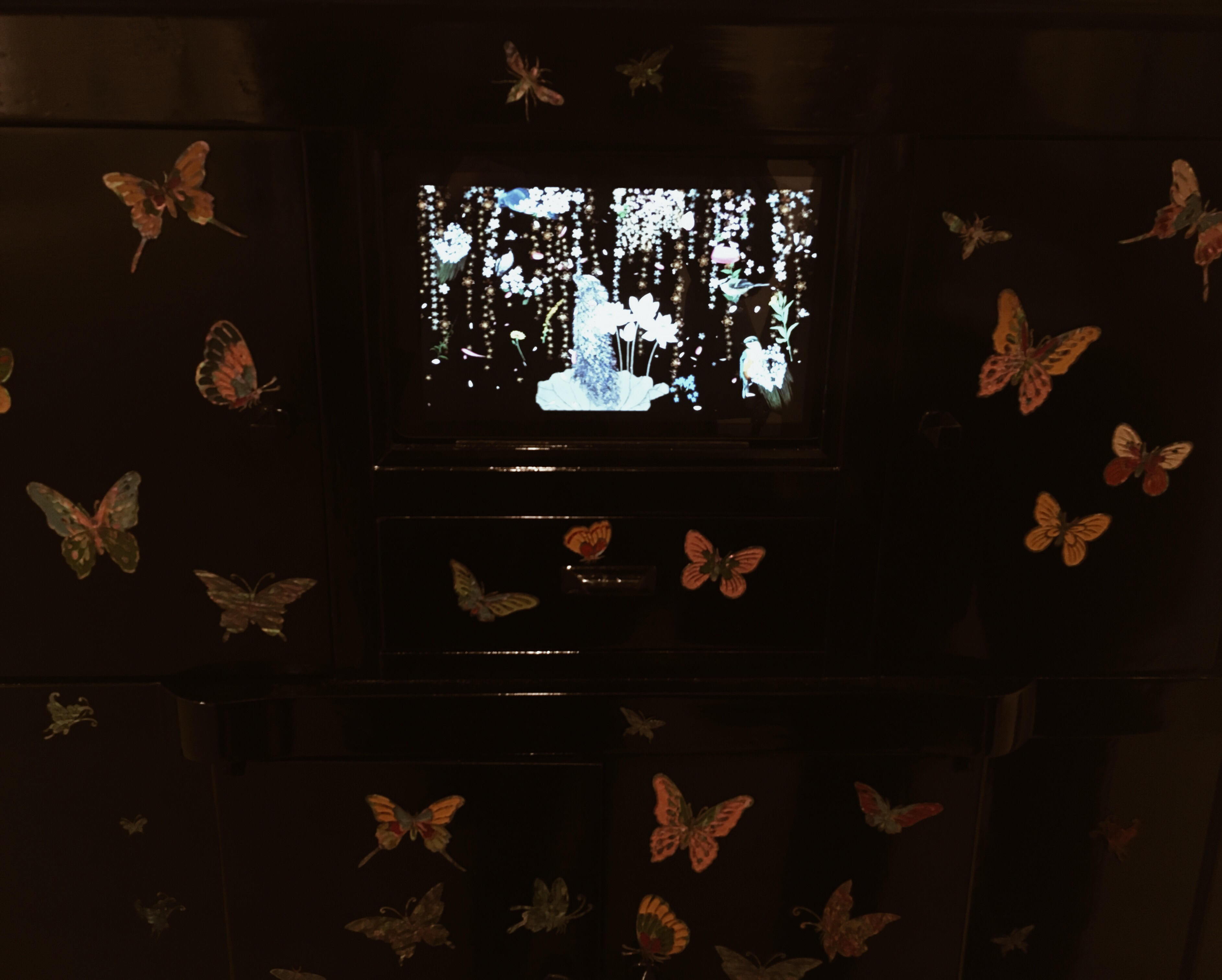
#2
'About the Museum of Random Memory.'
When I just started my ‘exhibition’ via the internet to check out what the Museum is about, I was surprised from the first seconds. Firstly, how their website is organized. From the first page, you can start exploring some people’s memories. It could be something very important and expensive as a car. Somebody just bought a car and they want to share with that with other people and make it as a memory for themselves for the future. Also, it could be something less important, something simple, for example, receipt from the shop. The person just did some purchase, in the product shop and want to share with it. For that person, this is something important. Lots of people share their favorite websites, photos, music, etc. Some of them share their animals, families, adventures. People are sharing their memories and it’s very interesting to see that for all the people important memories are so different. Thanks, this example, we can see the big differences between each other. In my opinion. Museum of Random Memory could be a very good choice as an Archive. I am still in process of thinking what my archive is going to be about.

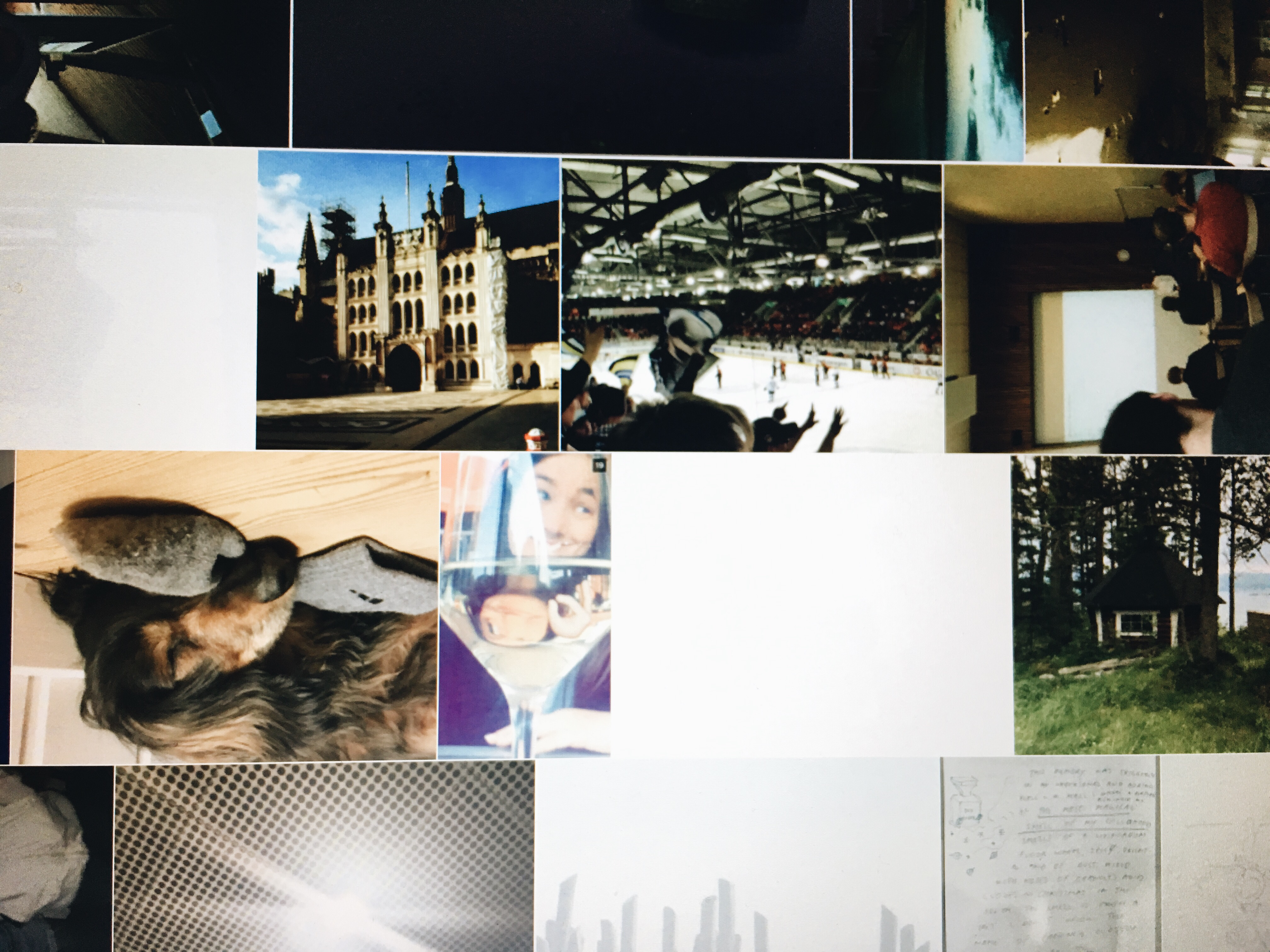
#3
'What is Contemporary Curatorial Thought?'
The Terry Smith's reading was very useful for me. It is written in a very modern style, I would even say in a modern language with a lot of difficult terms, some of them I "met" the first time. The text is about how to organize your ideas, thoughts, projects, and how to put them in the "right" place.
Of course, this text is mainly about the art and lots of different exhibitions. How they were creating and organizing. There were many interesting examples of how the contemporary art is working. Also, I really liked that in the text you can find lots of articles of psychology - there was an explanation about the connection between art and viewer, in other words - between us.
During reading, I was enjoying some specific parts of it, they seem to be very important and this is why I would be very happy to share with them and just to leave them here!
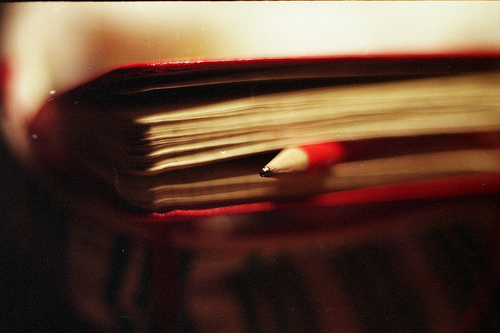
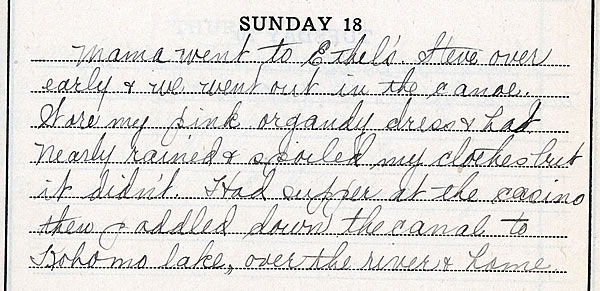



..."By art, to put it at its minimum, i mean my intentionally created existent that, following processes of searching self-reflection and including consideration of previous and other imaginable art, embodies its being and establishes its relationships with its anticipated viewers, primarily through visual means. To exhibit is - again following such processes - to bring a selection of such existents (along, perhaps, with other relevent kinds), or newly created works of art, into a shared space (which may be a room, a site, a publication, a web portal, or an app) with the aim of demonstating, primarily through the experiential accumulation of visual connections, a particular constellation of meaning that cannot be made made known by any other means."...
..."Curatorial intelligence, invention, improvisation, and inspiration are developed and refined by effectively engaging and reconciling these constraints as the inevitable limitations that accompany most exhibition making."...
..."Making the work available to appreciation, understanding, interpretation, and impact. A corollary is holding back from articulating any of these things at the same time of presentation and being reticent about doing so in the place of presentation. Interpretation remains in the wings, as a second order of knowledge awaiting the viewer who is imagined standing in front of the work in the context of an exhibition staged by the curator or as a participant in the work enabled by the curator, if that is its form."...
..."Now to the basics. The primary means for "explaining" an artist's work is to let it reveal itself. Showing is telling. Space is the medium in which ideas are visually phrased. Installation is both presentation and commentary, documentation and interpretation. Galleries are paragraphs, the walls and formal subdivisions of the floors are sentences, clusters of works are the clauses, and individual works, in varying degrees, operate as nouns, verbs, adjectives, adverbs, and often as more than one of these functions according to their context."...
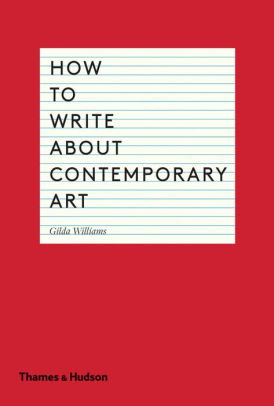
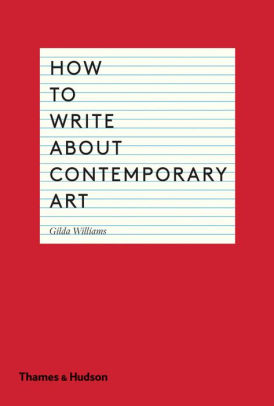
#4
'STUART HALL ARCHIVE VISIT'
A few weeks ago instead of the lecture, we visited the Stuart Hall library. Stuart Hall is one of the leading UK libraries in the field of international visual art. This place could be perfect for very creative people, also for the people who love studies, for students and also for researchers, who might be wanting to find something new and very exciting - this library is all about archives.
In the library you can find lots of collections of catalogs, monographs, periodicals, DVDs, CDs and different resources about culture and art, also all the visitors are able to you the online catalogs.
Our visit was very organized. During all the time with us was one woman, who was working there. She told us everything about the library - how everything is organized, how everything is working. As I understood, just because she used to work there for a quite long time, she knew everything by heart, by it I mean, she was pretty sure what is every book about, who is the author and I wouldn't be surprised if she knew every shelf by heart, as well. But actually, it is amazing, it means that she loves what she is doing and enjoys her work.
The fact that the Stuart Hall library has an audio tour - make this library even more special. Ting-Ting Cheng - the first artist in residence at the Stuart Hall Library. She spent there three months from January to March 2017 recording audios of Stuart Hall speaking on the popular BBC radio program Desert Island Discs in 2000. When researching the archive, Cheng was particularly struck by the following quote from Hall:
“I think the British have a future only if they can come to terms with the fact that Britishness is not one thing and has never been one thing…If you think of last year…first of all the celebration of the Windrush Arrival, which is 50 years since the first post-war migrants. On the other hand, there is the MacPherson inquiry into the death of Stephen Lawrence. And it seems to me that Britain is facing these two possibilities as an alternative future…”
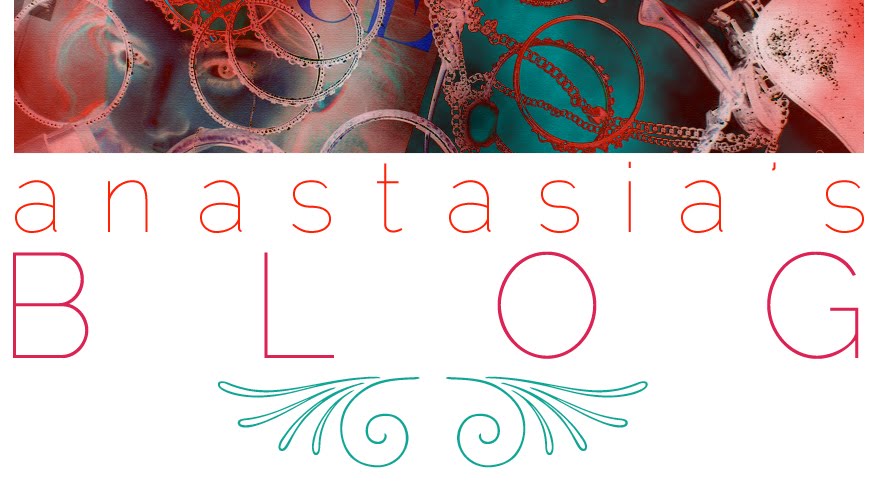




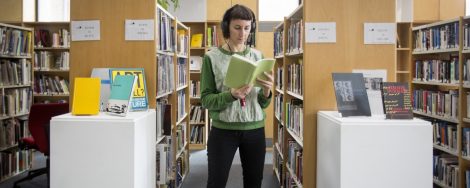
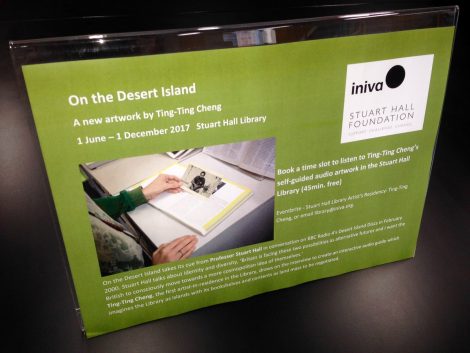
#5
'Stuart Hall Library - my second visit.'
Around one month ago we used to visit the Stuart Hall Library and the people who are working there introduced to as the main collections of archives and told us how everything is organized there. One week ago I visited that library again. Before the visiting, I called them to make an appointment for my coming. When I came there, I was just exploring the whole library for a long time, looking on different shelves, wanted to find something regarding my interests or maybe find something new which I didn't know about before. After a while, I stopped near the shelve, named as "Russia". I
decided to have a look at that shelve more deeply and found there lots of books regarding Art. I found it very exciting for myself because I am Russian, but I don't really know a lot about the Russian Art. I spend in that library hours just exploring all the books regarding Russian art at the completely different times. I will put here some interesting pages, which I found quite unusual.
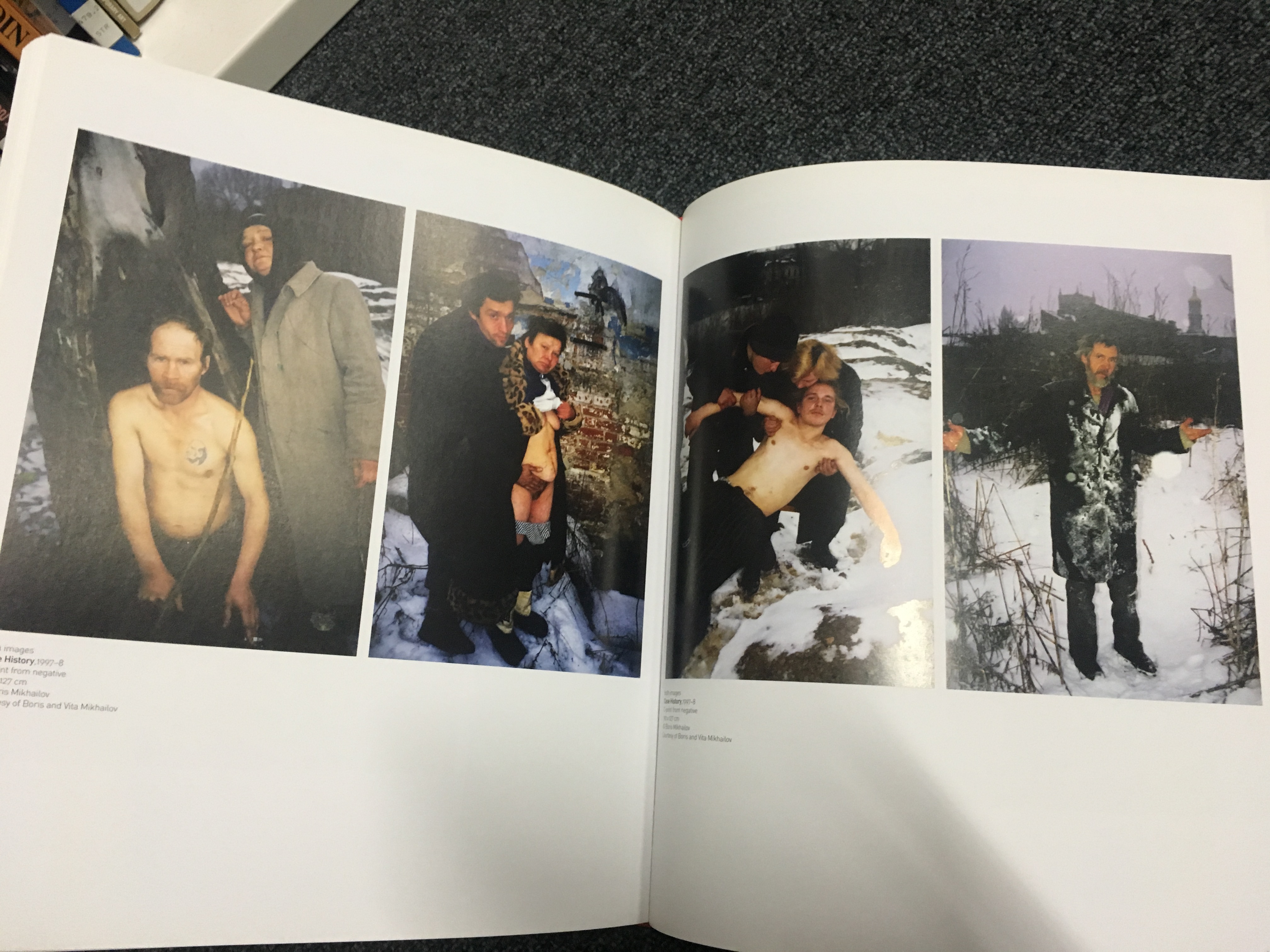



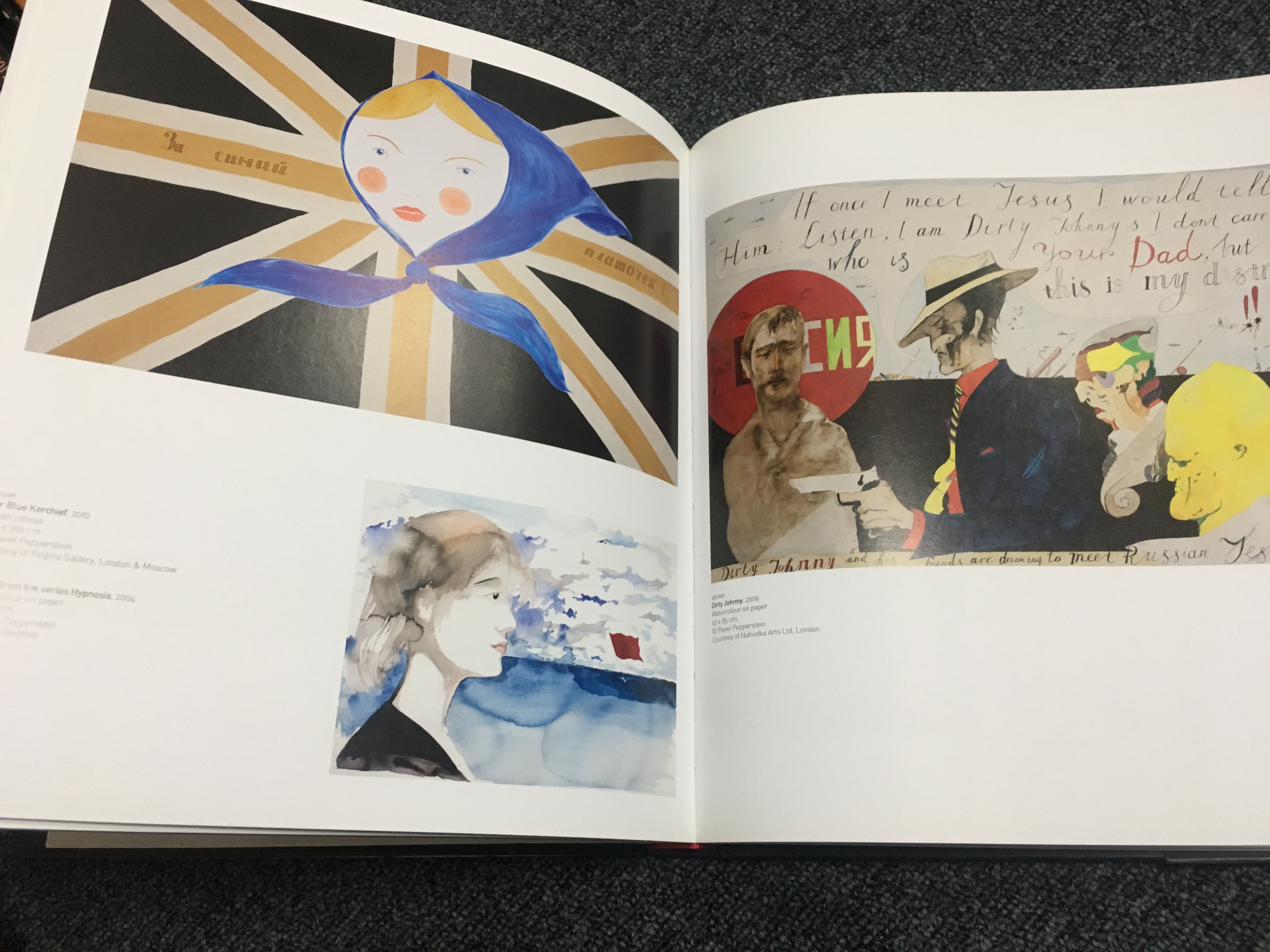

#6
'The Power of Display by Mary Anne Staniszewski'
The Power of Display is a History of Exhibition Installations at the Museum of Modern Art.
With this book, Staniszewski offers the first history of exhibitions at the most powerful and influential modern art museum--The Museum of Modern Art in New York. Staniszewski treats installations as creations that manifest values, ideologies, politics, and aesthetics. "I deal with an aspect of modern art history that has been... officially and collectively forgotten," writes Staniszewski in this maverick analysis of exhibitions mounted by New York's MoMA since its founding in 1929.
I really liked the piece of the text I have read because the author was talking about topics which you will not be able to find in every book about art, installations; how everything is organized and its philosophy. By the way, Anne Staniszewski in her book discussed many questions, few of them were: What sorts of viewers do different types of installations "create"? How do exhibition designs affect the meanings and receptions of specific objects, images, artifacts, and buildings when they are displayed?
Among the artists, designers, architects, and curators whose installations the author features are Dennis Adams, Alfred H. Barr, Jr., Herbert Bayer, René d'Harnoncourt, Ray and Charles Eames, Hans Haacke, David Hammons, Philip Johnson, Frederick Kiesler, Barbara Kruger, Louise Lawler, El Lissitzky, Adrian Piper, Lilly Reich, William Rubin, Paul Rudolph, Edward Steichen, Giuseppe Terragni, and Kirk Varnedoe.
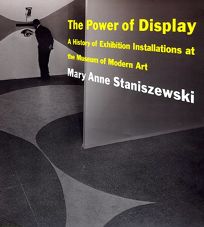

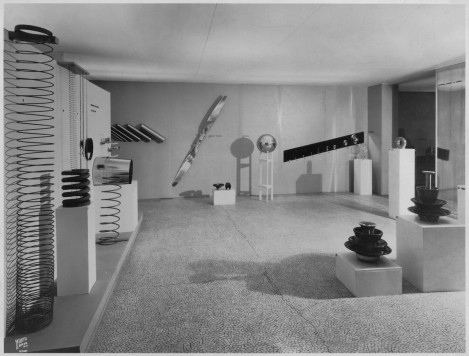
#7
'Mapping International Exhibitions .'
Bruce W Ferguson, Reesa Greenberg and Sandy Nairne
The whole text is mainly about the strategies and connections between the locations of the exhibitions and its politics. During reading, I've seen some really exciting quotes with what I would be very happy to share with you and just want to leave them here...
“Every exhibition is a map. As such, it not only separates, defines and describes a certain terrain, marking out its salient features and significant points, omitting and simplifying others, but it also depicts the ground according to a method of projection: a set of conventions and rules under which the map is constructed... The problem is... that, in exhibitions as in maps, the conventional nature of the representation tends to be hidden in use. The laws of projection become invisible."
John Tagg, 'A socialist Perspective on Photographic Practice', Three Perspectives on Photography, Hayward Gallery (London), 1979, p70.
“The exhibition is a tool a thousand-and-one purposes, and half of them have not yet been discovered.”
Kenneth Luckhurst, The story of Exhibition, The Studio Publications (London/New York), 1951, p216.
"Ideas such a humanism and universalism, which are intertwined with the history of locations and which bolster the link between national identity and an esteemed intellectual heritage, are proven upon continued examination of the empirical soft, to be inadequate."
Renee Green, On taking a normal situation and retranslating it into overlapping and multiple readings of conditions past and present, Antwerp: MUKHA, Antwerp 93, catalogue brochure, np.
“Whose voice is heard when a curator works through an established genre of exhibition?... How can the voice of an exhibition honestly reflect the evolving understandings of current scholarship and the multiple voices within any discipline?... Can an exhibition contain more than one message?"
Stephen D Levine, 'Museum Practices' in Exhibiting Cultural, Smithsonian Institution Press (Washington, DC/London), 1991, p151.
#8
'Thoughts about my future archive.'
It's time to start thinking about the archive and what it is going to be about. Before, I just to be focused on two different archives: Stuart Hall Library and Museum of Random Memory, this is why I visited the library few times and was exploring the website of Museum of Random Memory very deeply. Was doing researchers about both archives, but I couldn't find something special what could be interesting for me, with what I will be happy working in next month of this studying year. Trying to find something, but couldn't. Then, I started thinking about something completely different, not similar to the library and the museum at all. In my head, there was one idea doing something regarding some social platform. The best option, in my opinion, was an Instagram. There is the whole archive of the photos. Yes, I decided to do my project based on the Instagram platform because this is something I'm seriously interested in. Next step - find out what is going to be my research question and it is the right time to start doing the research.
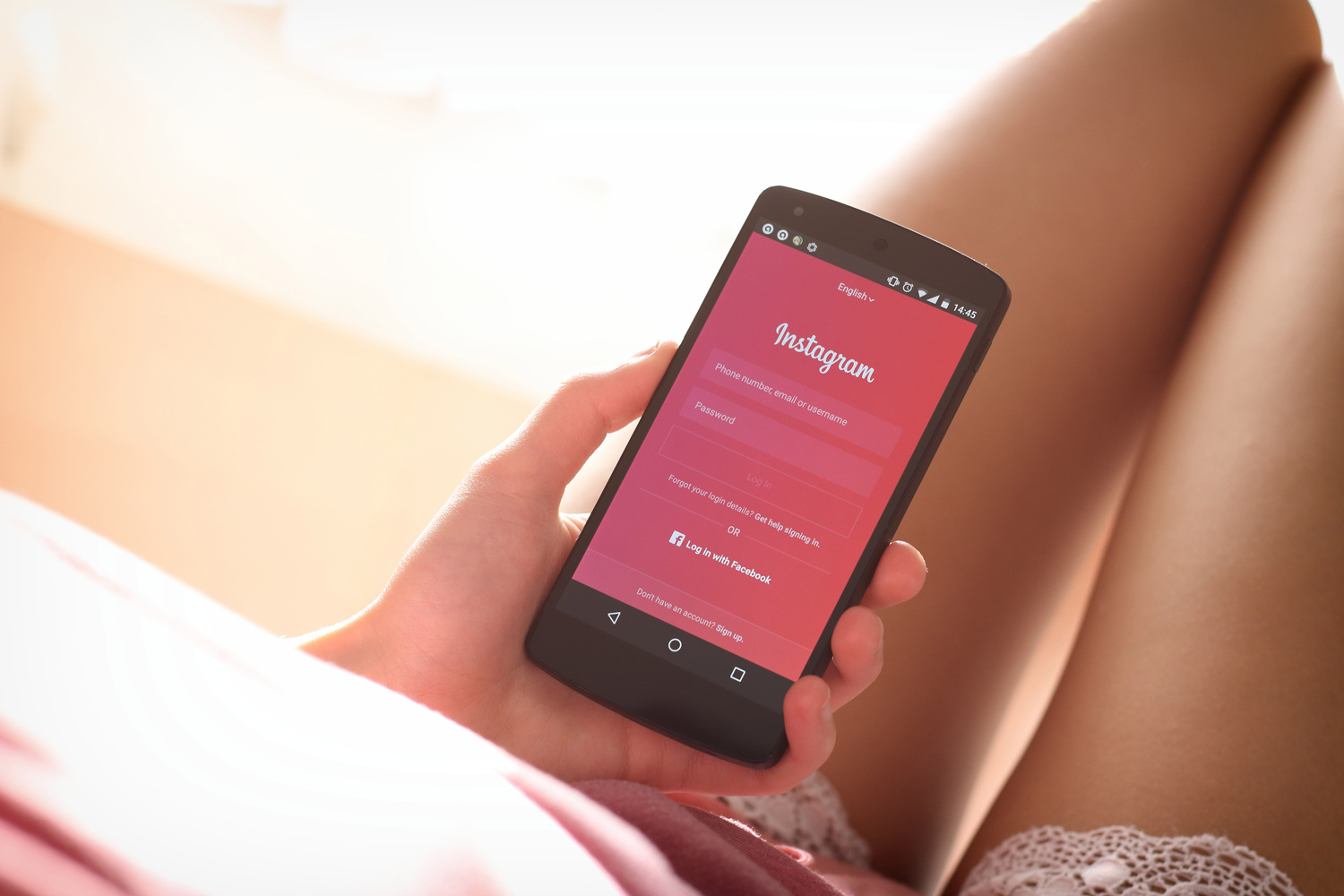


#9
'What I was inspired by?'
During my research, I found two completely different projects regarding social media which inspired me a lot. The first one was the project, which I found on Internet, the name is "All the feels". The project mainly was focused on getting different information about the young generation. "All the feels" were exploring young people's multimedia narrative accounts (Instagram, Snapchat). Also, they wanted to highlight some of the ways youth define the Internet, what and how they feel about it; get as much as possible data about young generation's addiction.
My second inspiration was the project - exhibition "Are we all addicts now?". It was in London from September 2017 to November 2017. Unfortunately, I found this project when it was already over and I didn't. have the opportunity to visit it. I decided to do a research on their website. The project was focused on exploring the seductive and the addictive qualities of the digital.


#10
'About my Archive'
'How are we addicted to the Instagram? & How I see my project in the future?'
I have chosen this question because, in my opinion, it is very popular and actual nowadays. We all are addicted to the social media and spend there too much time every day. I will read more resources such as books, articles about the people's addiction to get in this theme more deeply. In the future, want to create my own exhibition, placed in a very small room, having there just photos and screenshots of the people's accounts on Instagram. Maybe, during that exhibition people can actually think about their addiction and maybe change their life values. It is never late to change something.

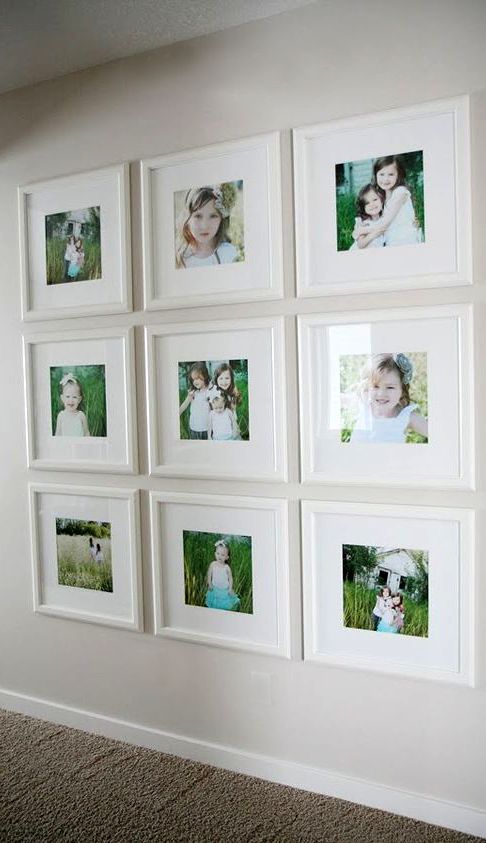
#11
'Selfie generation.'
"Me! Me! Me! Are we living through a narcissism epidemic?"
All social media platforms are comprised of a mass of individuals competing against each other for followers, likes, retweets, favorites, and whichever other show of approval exists out there rather than any sort of collective goal.
Sure, this isn’t its only purpose, and plenty of benign interaction occurs without any sort of agenda, but there are masses upon masses of people who utilize it as a means of projecting an idealized version of themselves out into the world – an avatar of the person that they wish they were, rather than who they are in reality.
It’s logical that such an extreme focus on the self has a tendency to spill over into self-obsession, but this goes far beyond people taking too many photos of themselves and treating every action as a hashtagging opportunity. Every life event, however irrelevant to their social media audience, becomes a source of self-promoting content.
The main idea of our project is to have sets of the photos of the different people. The first photo - the actual selfie and the second photo is the selfie behind the selfie. Having two different photos of one person, which going to be taken at the same, we can learn a lot about the people's behaviour and their attitude to that process.
Our piece, Behind the Selfie is an experimental standalone artwork, asking the viewer to consider whether the selfie is really that normal, and if it reflects reality. Presented as layers, this piece observes, presents, and attempts to make the viewer observe the very nature of selfies.
#12
'During the pop-up show'
Pop-up show was a good chance for our group to present the main
idea and the structure of how we see our final piece of the project which will be presented on the second year show. Our idea was to have a booklet (plastic portfolio) with the selfies hanging on the wall. We were thinking that the concept of having two different types of selfie would work very well together. The first one is the actual selfie of the person and the second one is picture of how the person doing a selfie, to see people's behaviour during that process.
We created our piece using cardboard, scotch tape and A3 papers with two examples of selfie sets, which we did of our friends.
In my opinion, the pop-up show was very useful for our group, we got a lot of feedback regarding our future project.


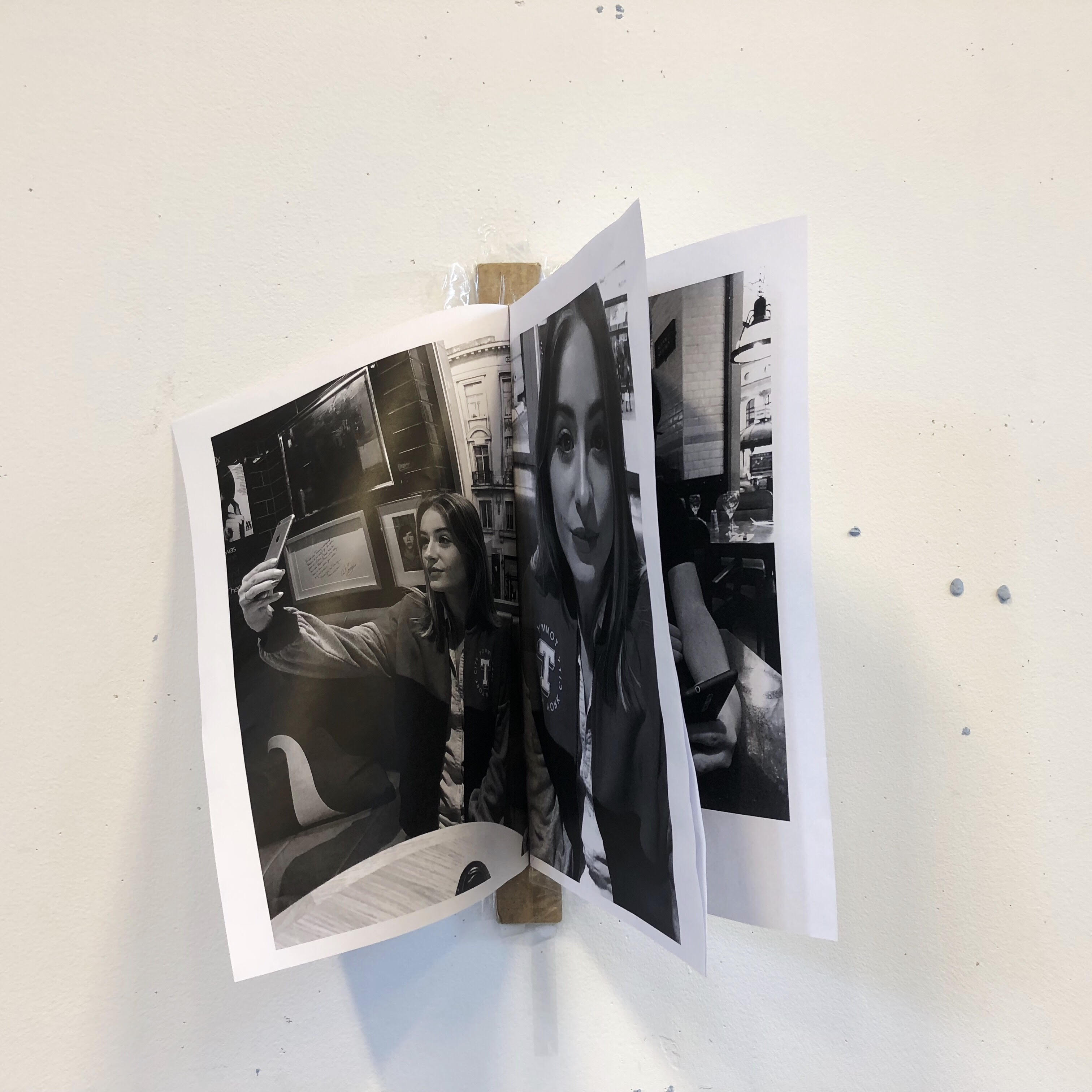
#13
'During the process of creation..'
It is a very interesting fact, how during the process of creating something you can change your mind 100 times. Especially, when you work in a group - in my situation it is a group of four, it is becoming a very common situation. We changed our main idea few times for sure. Firstly, as I mentioned in the previous post, we wanted to make our piece of work as a booklet, then we decided to put our pictures somehow just near each other on the wall. After that, we again came up with the idea that the booklet (portfolio) is more better and will look more "readable" for the viewers. Also, during the project, we changed the name of it - from the 'Selfie generation' to the 'Behind the selfie'.
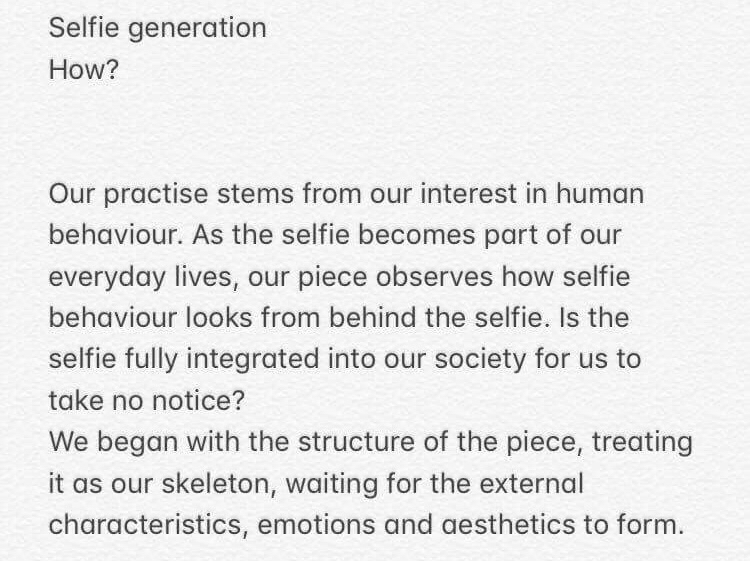
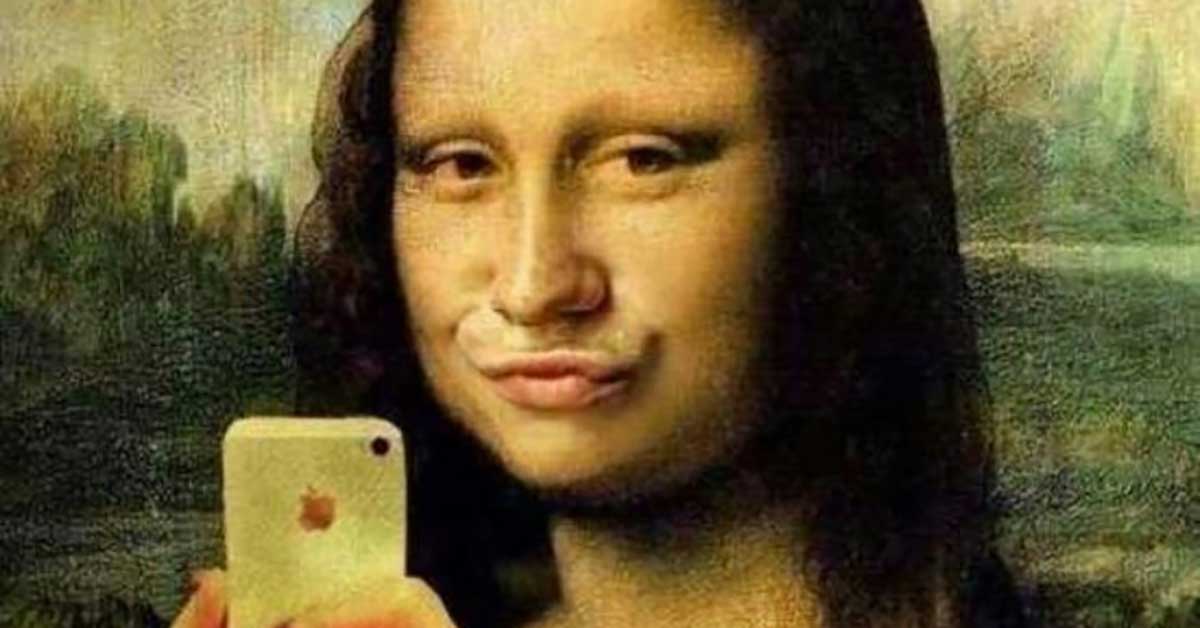


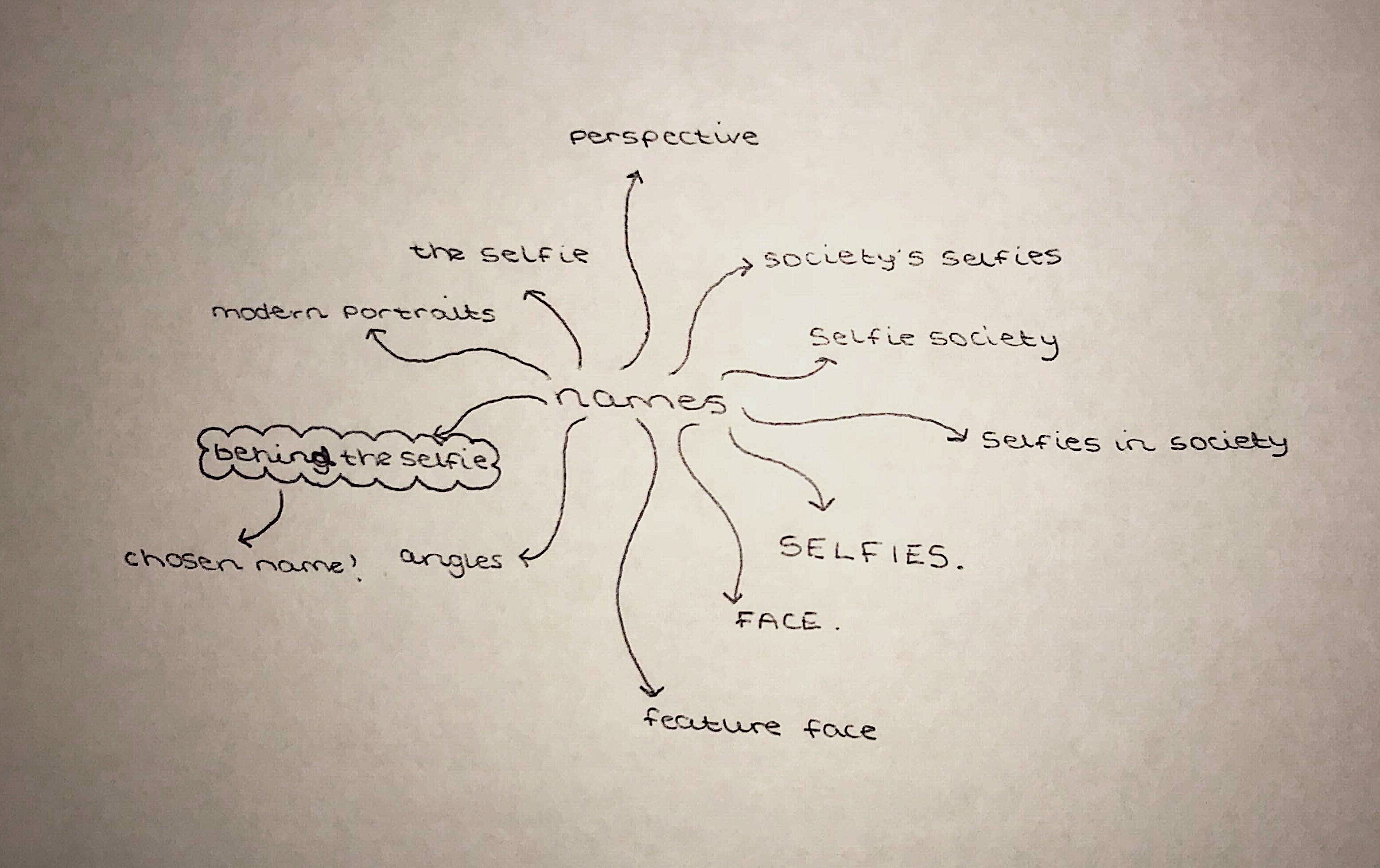

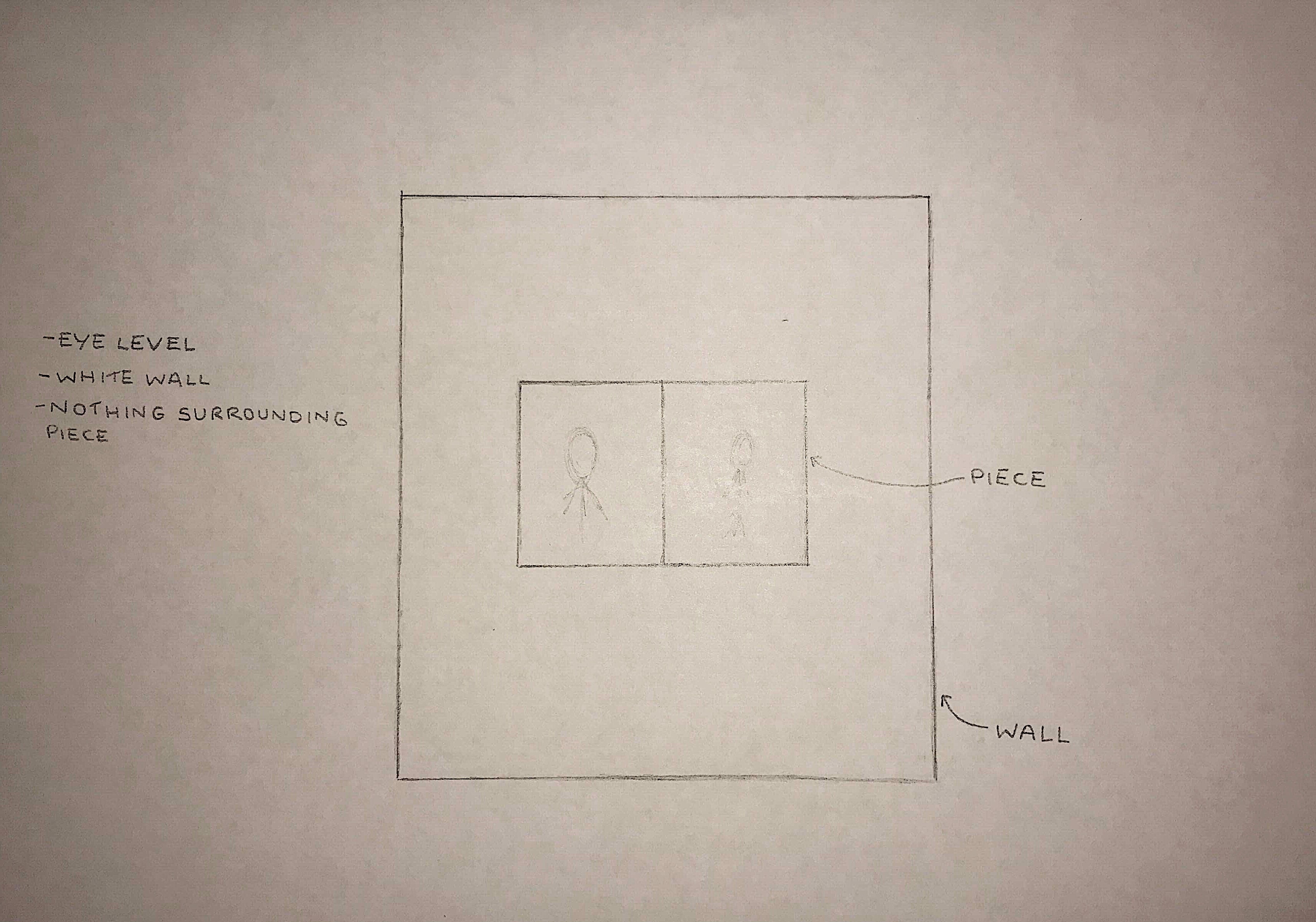
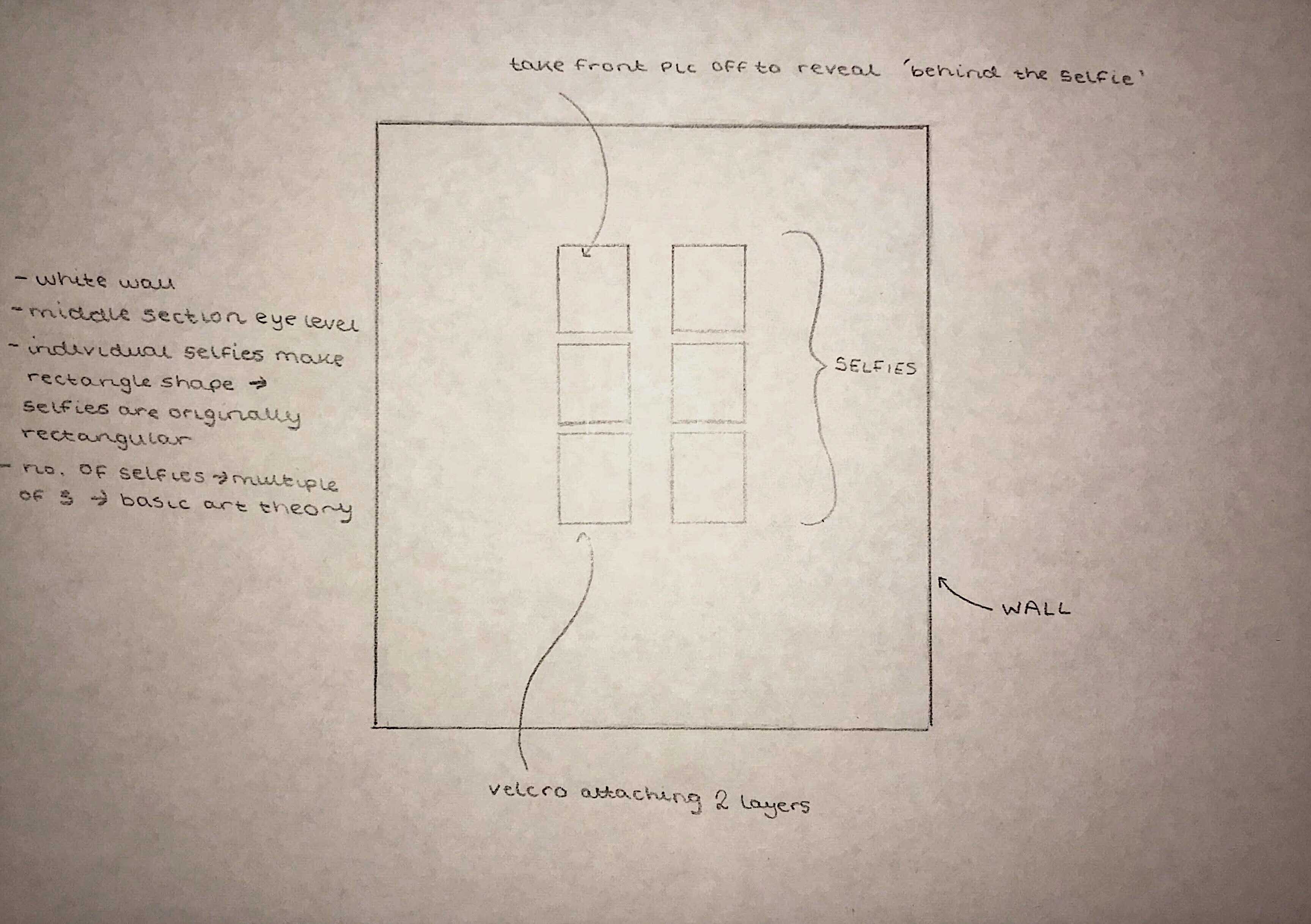
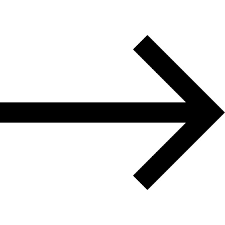
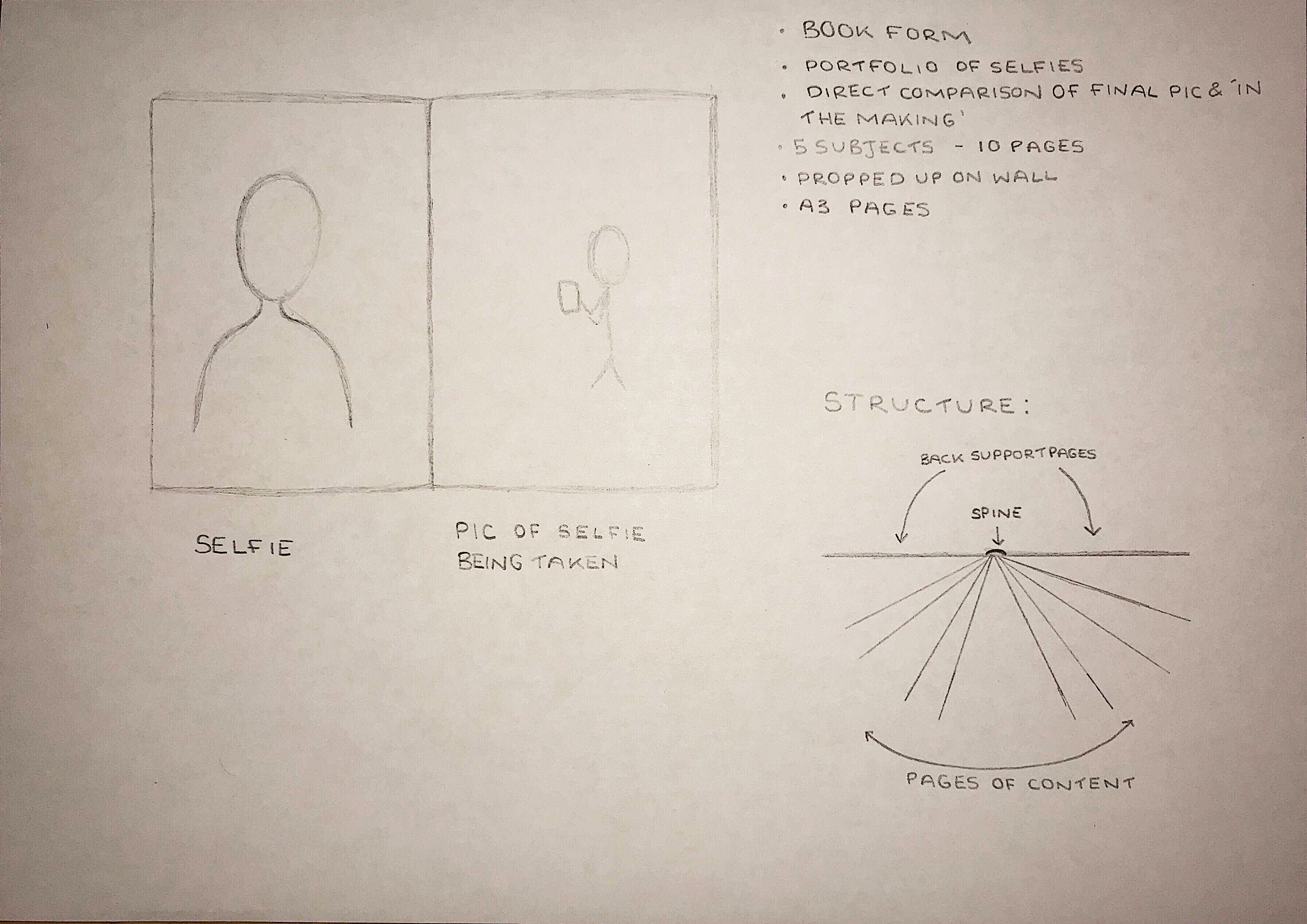
#16
'Behind the Selfie'
Artist Statement.
“Our practice stems from our interest in human behavior; as the selfie becomes a new constant in our everyday lives, our piece observes how selfie behaviour looks, from behind the selfie. The selfie regards the self, and to regard the self often means to think selfishly, giving way to narcissistic behaviour. As society becomes increasingly consumerist, we become increasingly aware of ourselves, from appearance to behaviour. The prevalence of portraiture throughout centuries combined with the advancements in technology have made us accustomed to seeing the selfie, especially on social media. Modern reality however, challenges the idea of selfies being part of the norm and often enforces the idea that the act of taking a selfie, is odd.
Our piece, Behind the Selfie is an experimental standalone artwork, asking the viewer to consider whether the selfie is really that normal and if it reflects reality. Presented as layers, this piece observes, presents, and attempts to make the viewer observe the very nature of selfies. Using photography, it asks the spectator to compare the final product with its production process; how people choose to present themselves, and how they are actually seen. The use of a camera in this piece was essential to reflect the medium in which selfies are taken. In coordination with angles, the different pictures reveal different things about the different people featured in the piece, providing a mix of representations, just as a selfie would, depending on how the subject wishes to present themselves. Behind the Selfie was conducted on a global scale, featuring a large spectrum of people all over a broad demographic in attempts to be more representative and account for the fact that, no matter your age, gender, class, ethnicity, everyone takes selfies.
Our inspirations take the form of Andy Warhol and his fascination with documenting the self, as well as a recent Saatchi Gallery exhibition: Selfie to Self-Expression, which exhibits the work of Rembrandt to Echeverri.
In the current state of modern society, the infamous selfie is hard to avoid. Behind the Selfie is an attempt to showcase selfie behaviour, critiquing the very nature of the selfie and the perceptions that selfies create.”
#14
'Our Inspiration'
1. Andy Warhol "Self-Portrait"
The series of self-portraits that Warhol made in 1966–67, all based on the same photograph. His likeness remains recognisable but the image is painted in such a way as to minimise Warhol’s human qualities. His facial features, although always identifiable, also act as patterns of densely layered colour. Any expressive paint handling is suppressed by the silkscreened surface, reflecting Warhol’s self-proclaimed intention to ‘completely remove all the hand gesture from art and become noncommittal, anonymous’.
#15
'Our Inspiration'
2. Saatchi Gallery exhibition "From Selfie to Self-Expression"
Presented by Huawei, this is the world’s first exhibition exploring the history of the selfie from the old masters to the present day, which celebrates the truly creative potential of a form of expression often derided for its inanity.
#17
'A photo report'
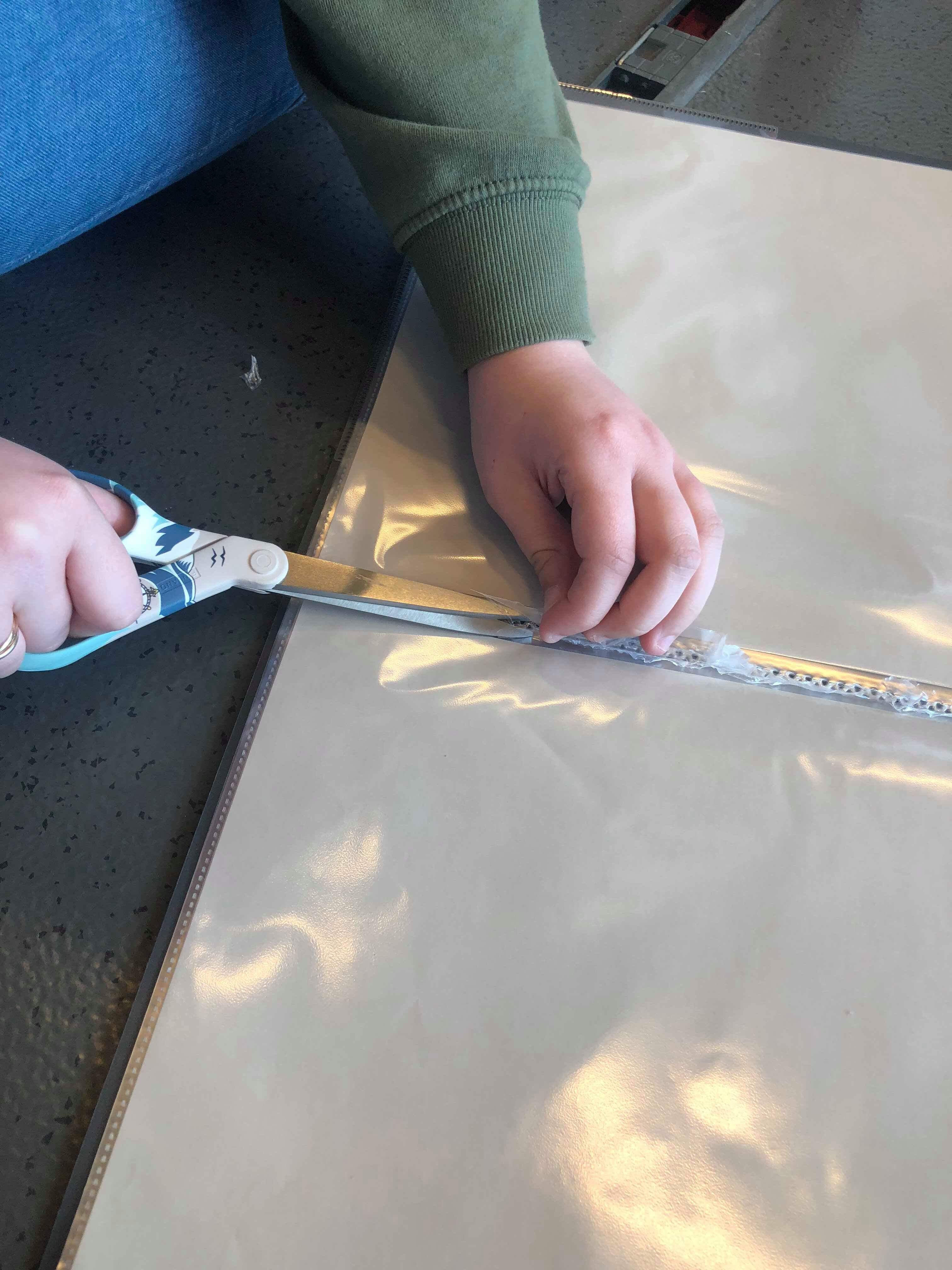

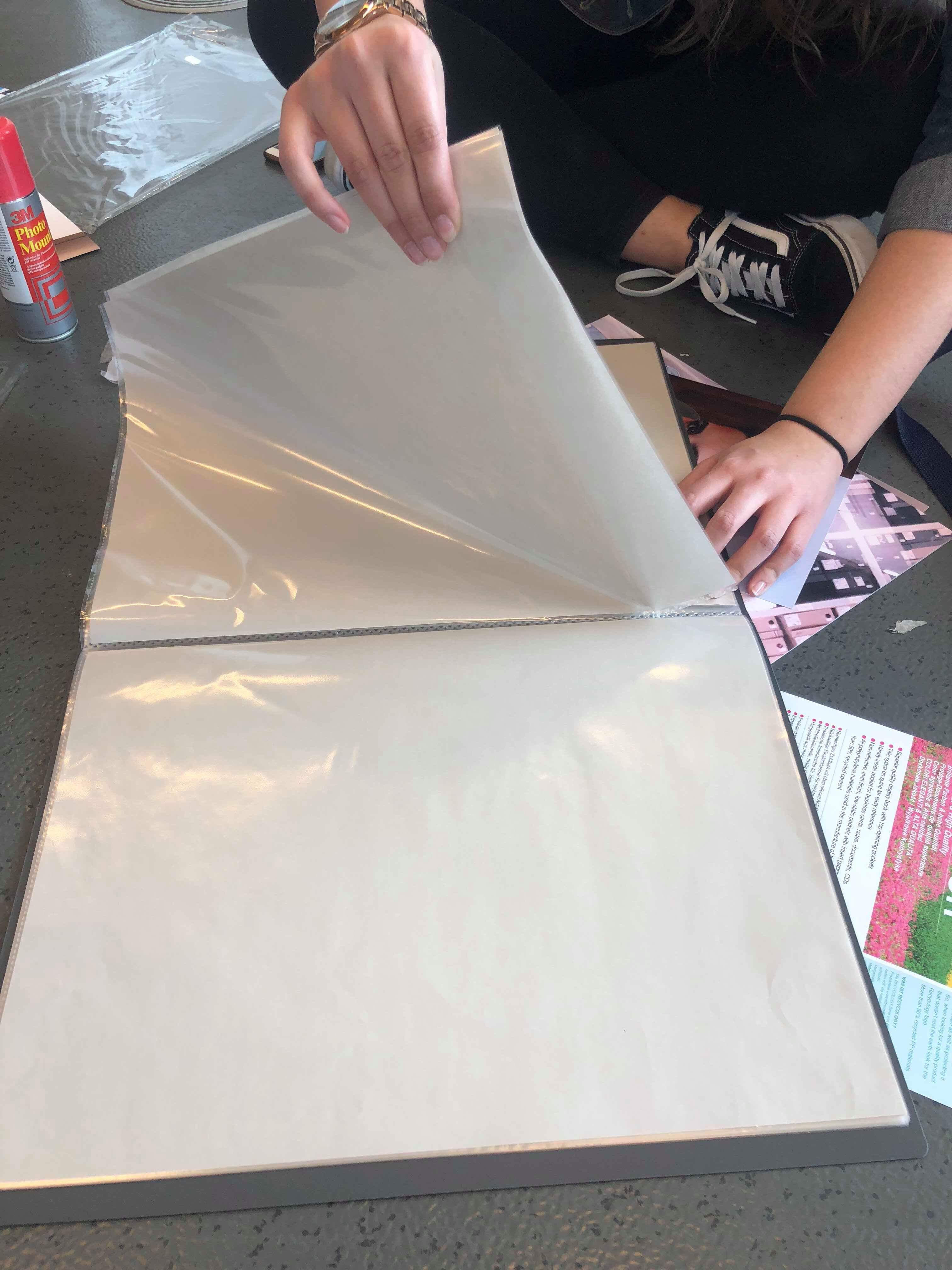

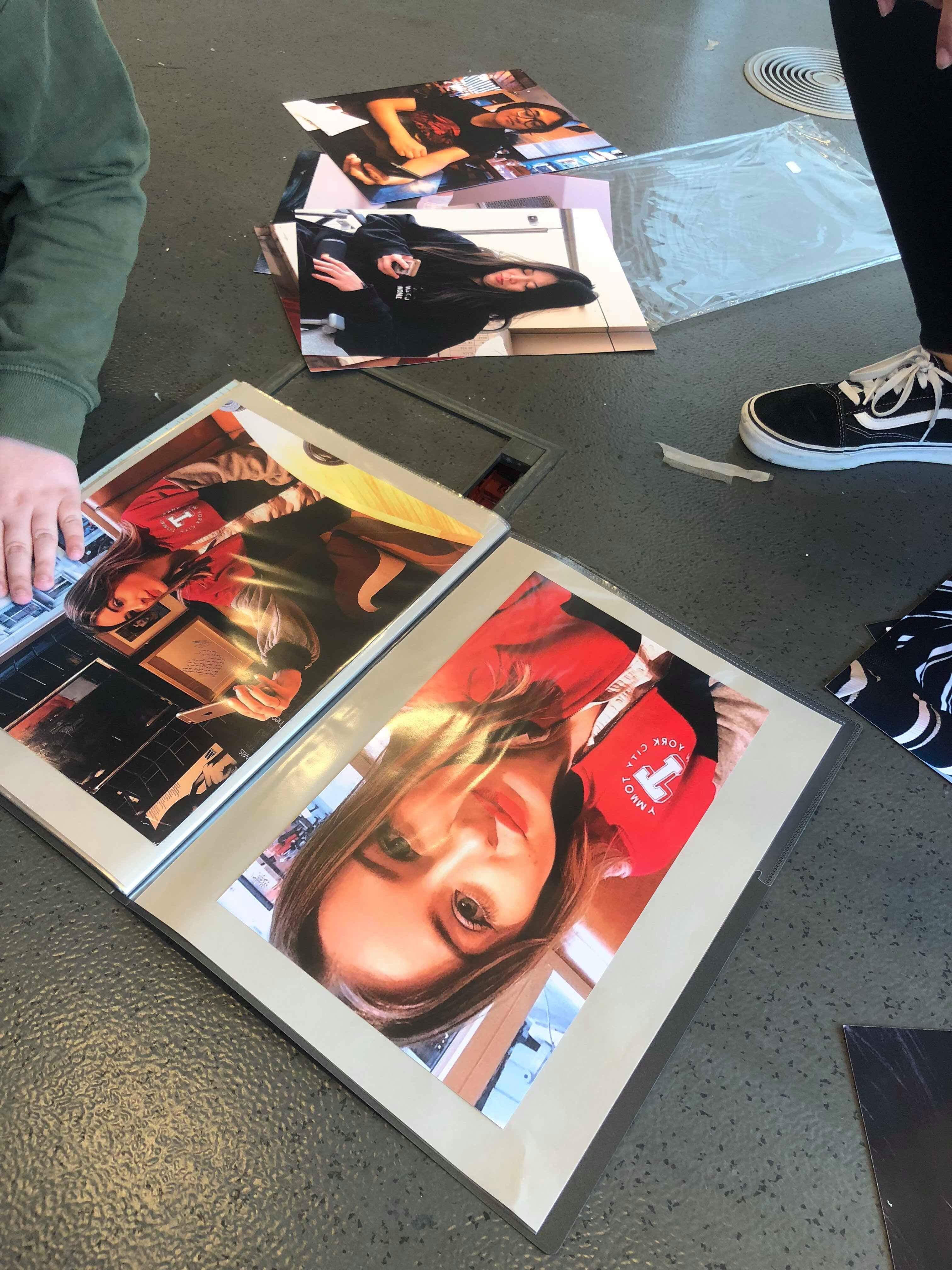
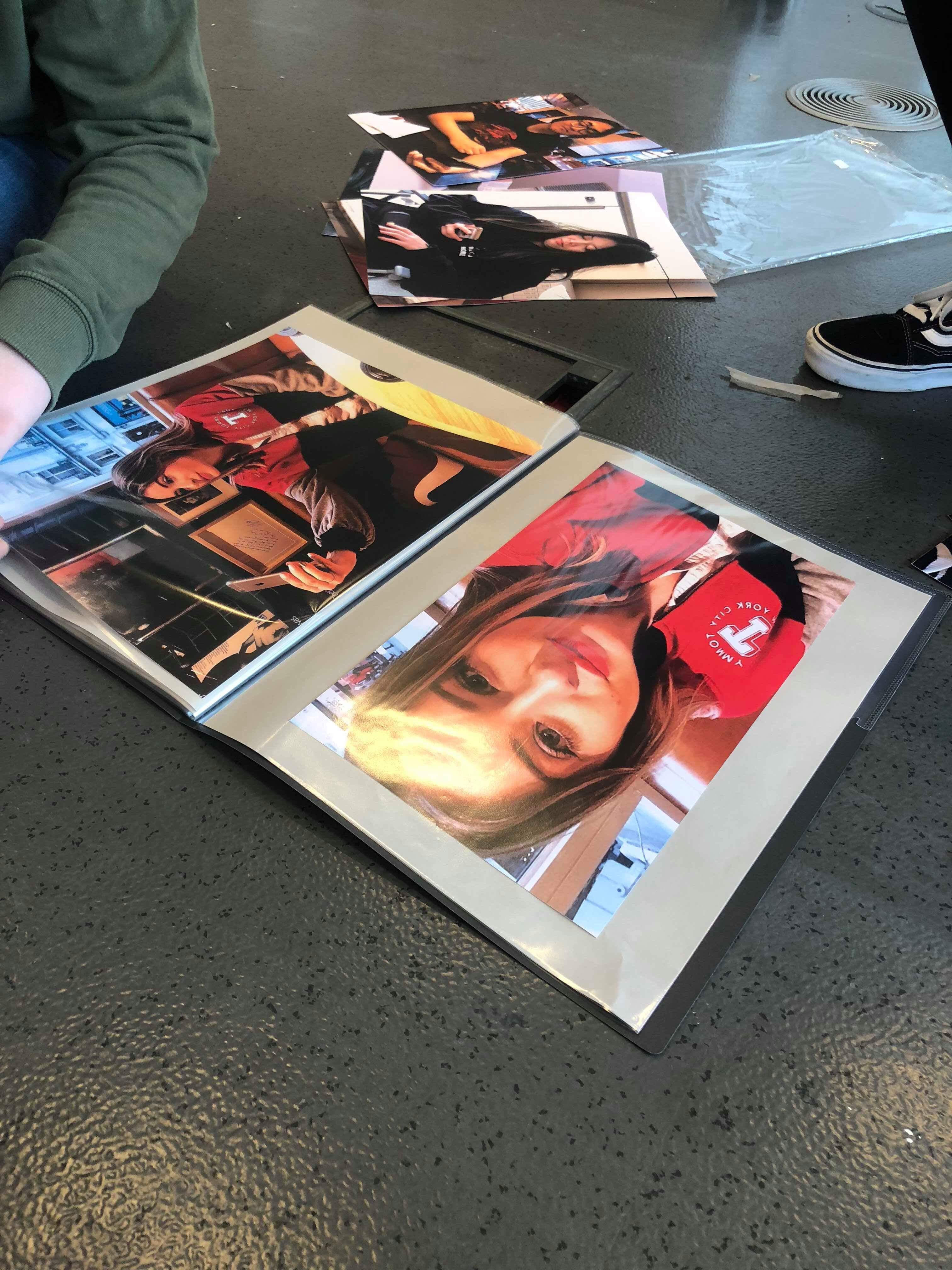
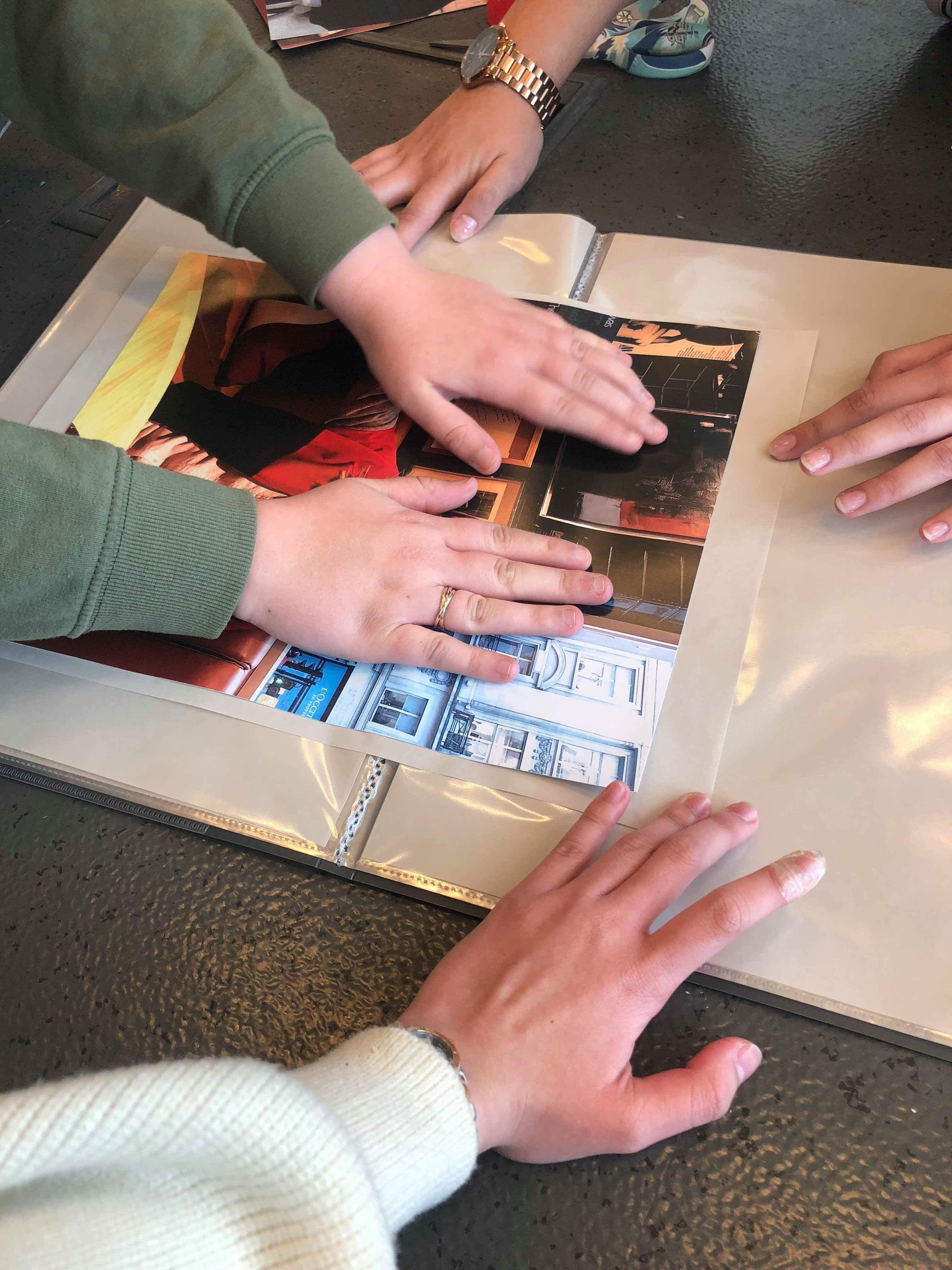
#18
'Artwork description'
Presented in a 29.7x42.0cm plastic portfolio, photography was employed to produce selfies and images broadcasting behind the selfie, an element we often do not get to witness. The 300gsm paper images sit on 20gsm beige paper in individual plastic wallets side by side and back to back, directly comparing the final products of self-presentation with the process of creating said self-presentation.
Inspired by the likes of Andy Warhol, for his self-portraits, and Juan Pablo Echeverri, particularly for his piece ‘miss fotojapon’, Behind the Selfie documents the self, as the self-intends to document themselves. This art piece is led by the subjects featured in the piece, with us artists following their lead for the directions in which this piece explored. Through angles, facial expressions, outfits, and backdrop, one creates a certain perception of themselves, how they intend to be perceived. With no influence over the way in which the subjects are presented, through this piece, we ask the viewer to question whether selfies reflect reality.
